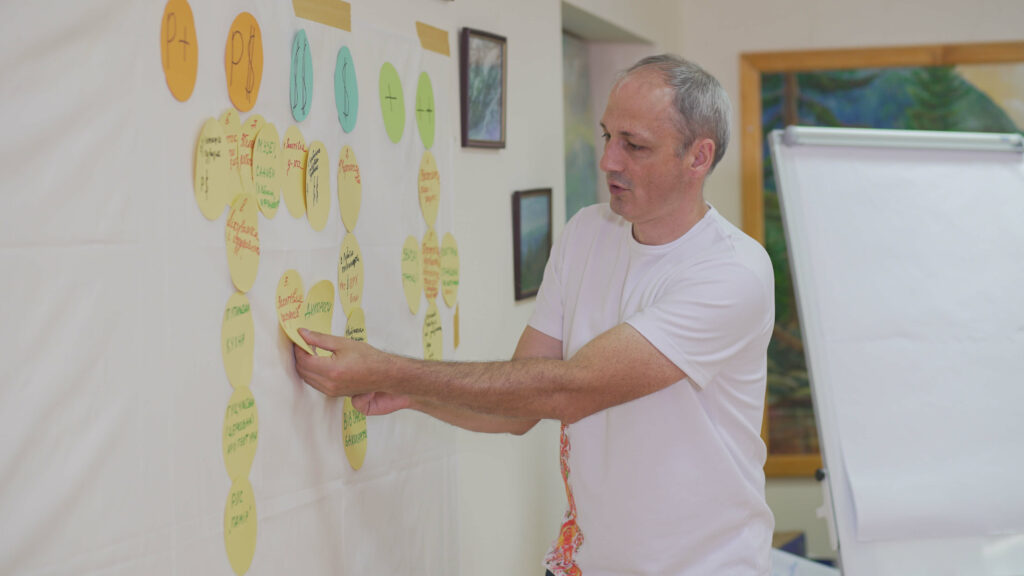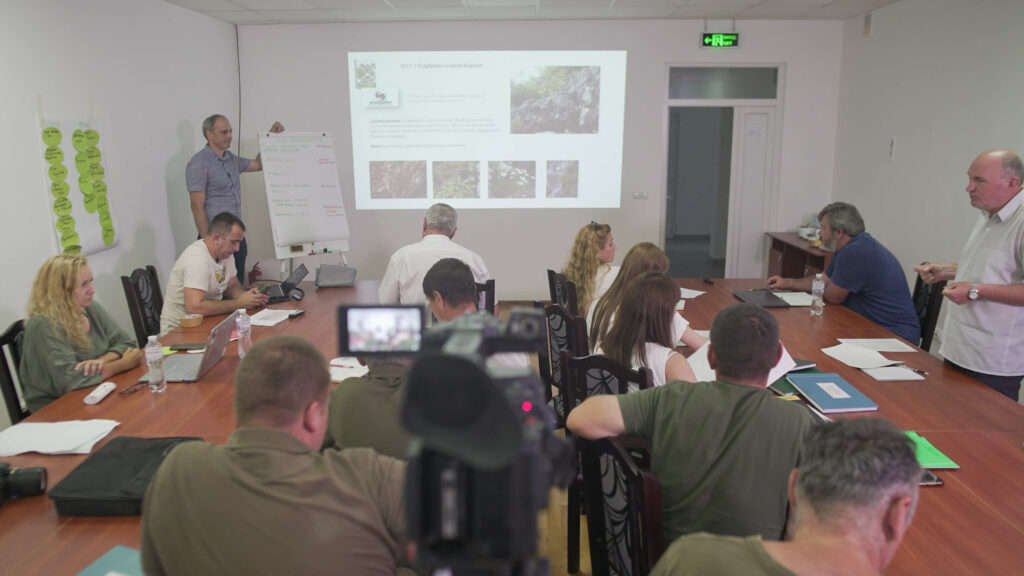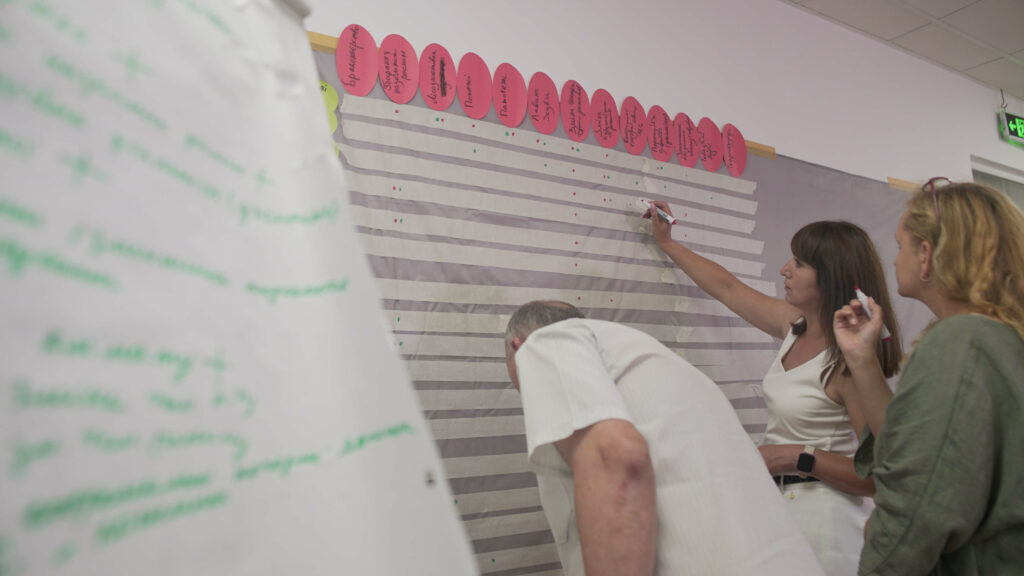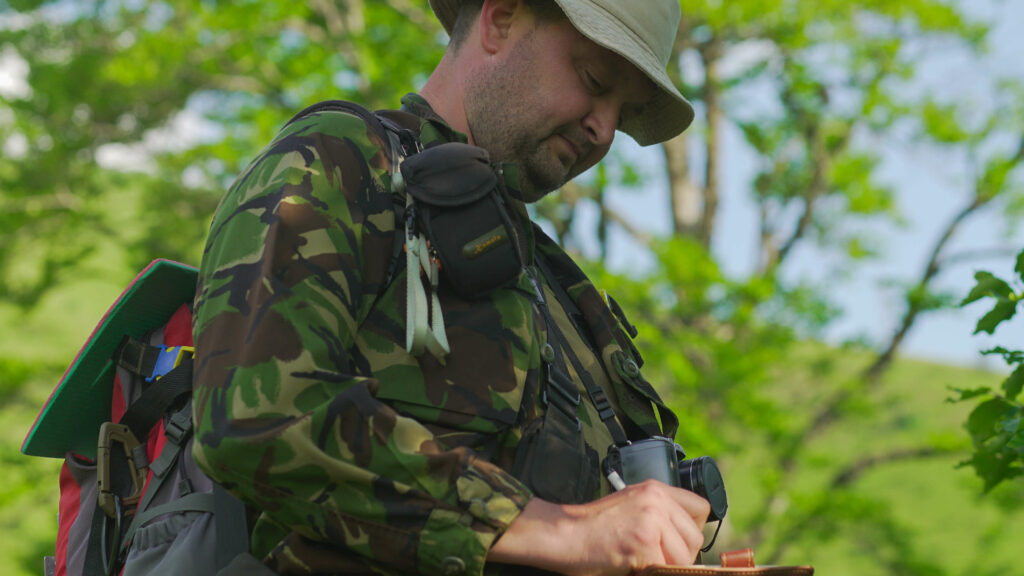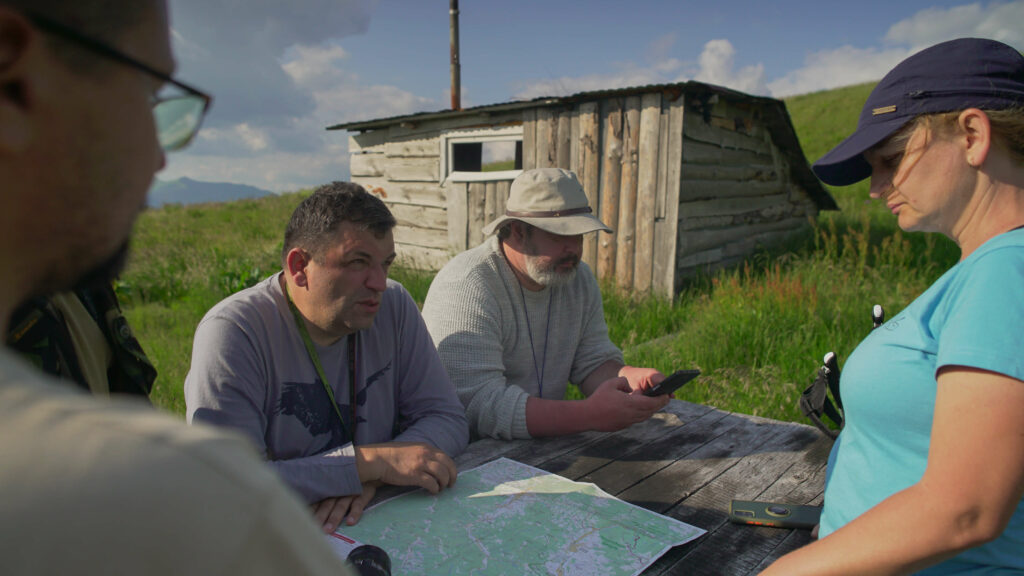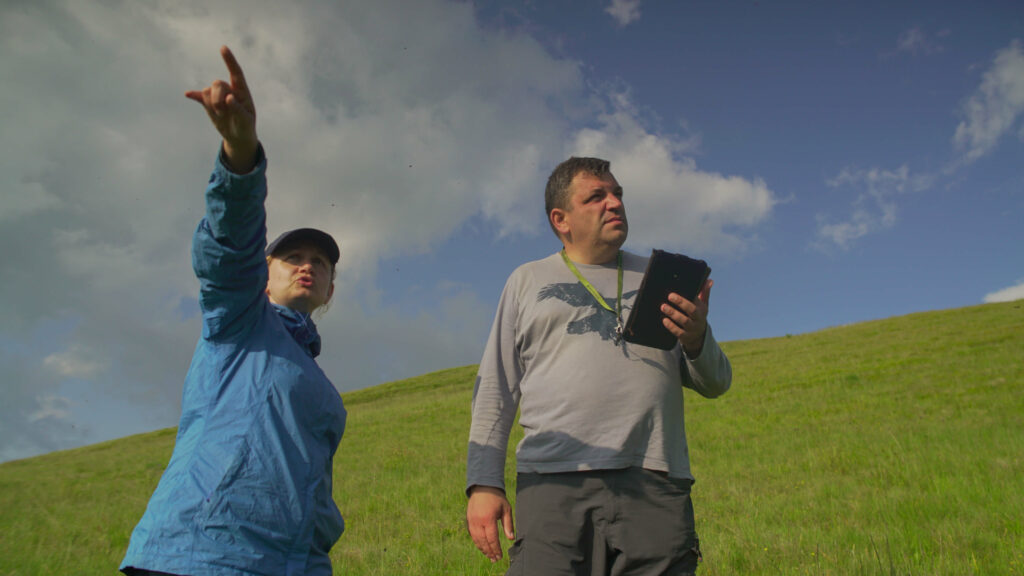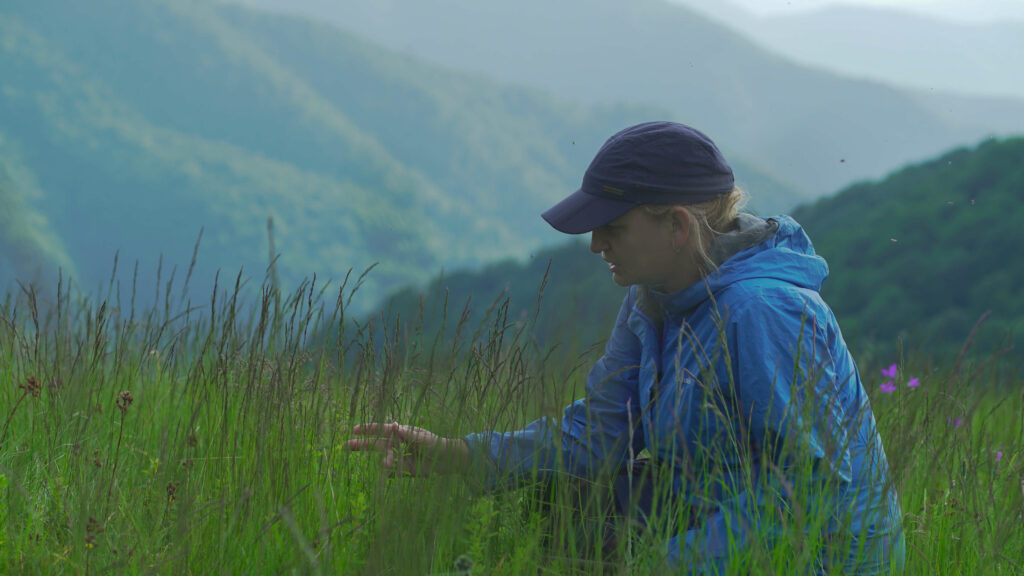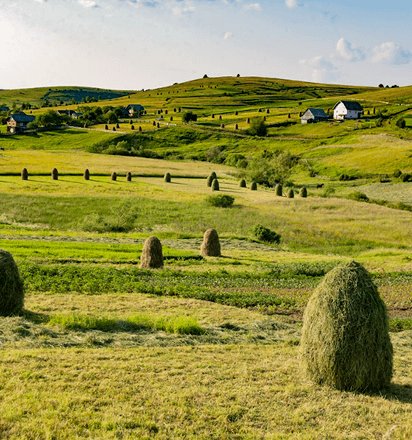Management planning
Trying to manage a protected area to ensure it remains intact and protected for the long term is already a difficult task in itself. But without proper planning, it becomes impossible – especially when there are significant threats such as from illegal logging, as is the case for the protected areas in the Ukrainian Carpathians with their rich resources of valuable timber. For this reason, Frankfurt Zoological Society (FZS) is coordinating the development of modern and effective management plans for 11 protected areas which currently don’t possess adequate long-term plans to guide the crucial management actions needed to conserve these magnificent landscapes for now and future generations.
This is an immense and ambitious project that will span more than two and a half years. With the help of many specialists and the delivery of dozens of participatory workshops, management plans will be developed that will guide effective actions for the next ten years to conserve these outstanding protected areas. A key element of this work is the direct involvement of local stakeholders in the management planning process,to ensure that their interests are heard, considered, and adequately represented in the final plans. This modern and internationally recognized approach to management planning for protected areas is crucial in ensuring that conservation actions are in harmony with the needs and wishes of local communities.
The project officially kicked off with the parks in October 2022. The work is carried out within three clusters of protected areas:
- Vyzhnytskyi, Cheremoskyi, Verkhovynskyi, and Hutsulshchyna
- Synevyr, the Carpathians, Gorgany Nature Reserve
- Skolivsksi Beskydy, Zacharovanyi Krai, Uzhanskyi, and Yavorivskyi
The development of the management plans will follow a seven-step process. This step-by-step approach helps to break down this highly complex task into logical successive packages which build on each other. Starting with data collection, description, and situation analysis, we first obtain a full picture of the main values of the protected area, as well as the main threats and factors driving them. This builds the basis for the later steps of developing a clear strategy for the next ten years and the area’s zoning scheme. Finally, an action plan is developed to show how the strategy should be put into practice and the needed resources to conduct these actions are identified.
Existing plans are mostly outdated, irrelevant, with an expired implementation period (some previous projects of the organization date back to the mid-2000s). During this time, legislation changed, the consequences of climate change have become more severe, and the values and priorities of institutions have often evolved. If the plan is outdated or non-existent, the institution does not develop. Therefore, specialists are developing new types of projects that would have practical benefits and really help parks plan their activities.
The new management plans will cover the entire area of the park (previous projects often only covered the territory that is in permanent use of the park, bypassing those that have been withdrawn from the land user). Another important development is that the organization’s modern projects are oriented to the preservation of natural habitats rather than ‘just’ the preservation of species.
This activity is implemented within the framework of the project “Support of nature-protected areas in Ukraine”, financed by the German government through the KfW Development Bank, as well as the project “Conservation of Carpathian Primeval Forests”, financed by the German government within the framework of the International Climate Initiative (IKI) of the German Ministry of Environmental Protection. Both projects are implemented jointly with the FZS.
What do we do
By combining international experience with local knowledge and expertise, we support the preservation of the large areas of pristine and near-pristine nature in Ukraine. We mainly do this by supporting projects in major protected areas such as national parks, biosphere reserves, and large nature reserves.
